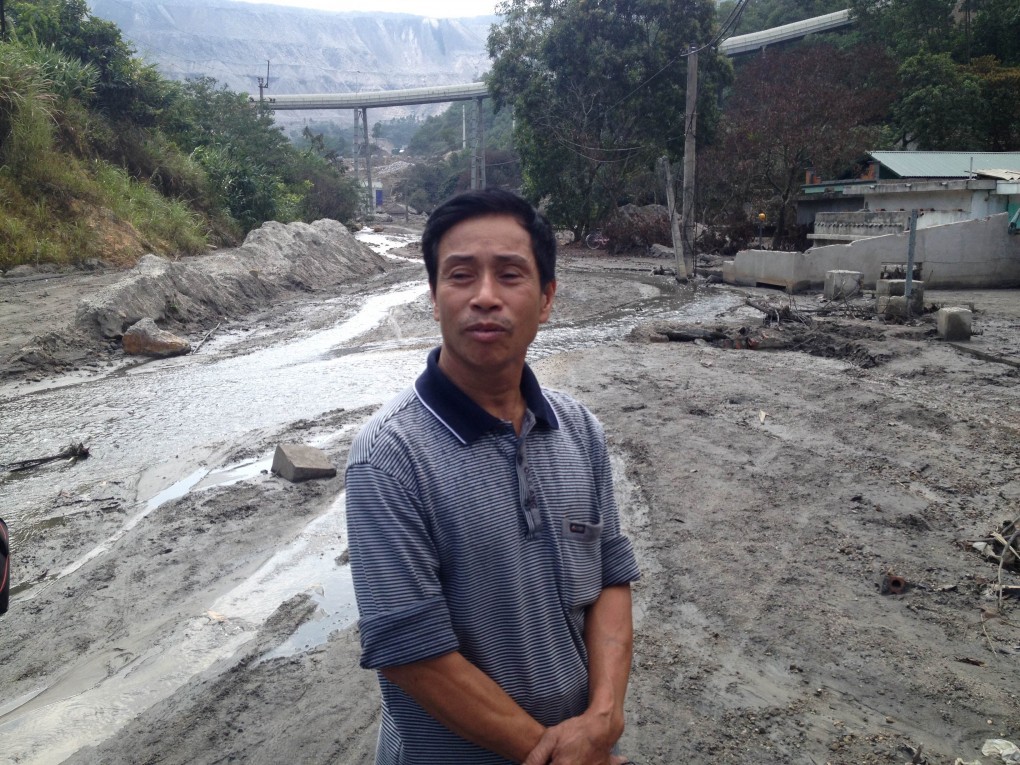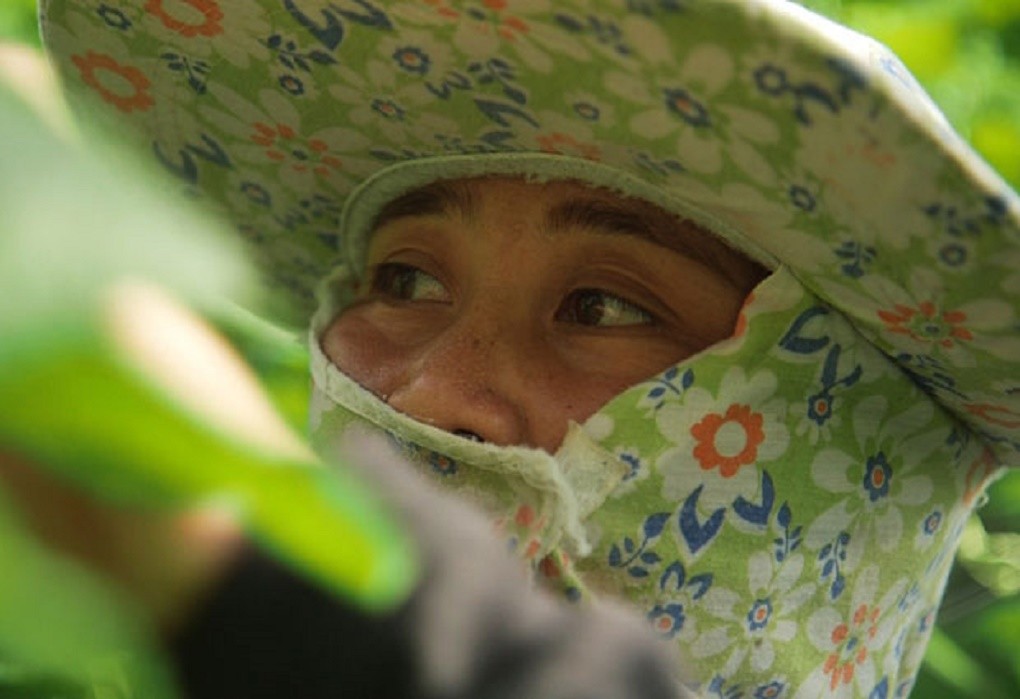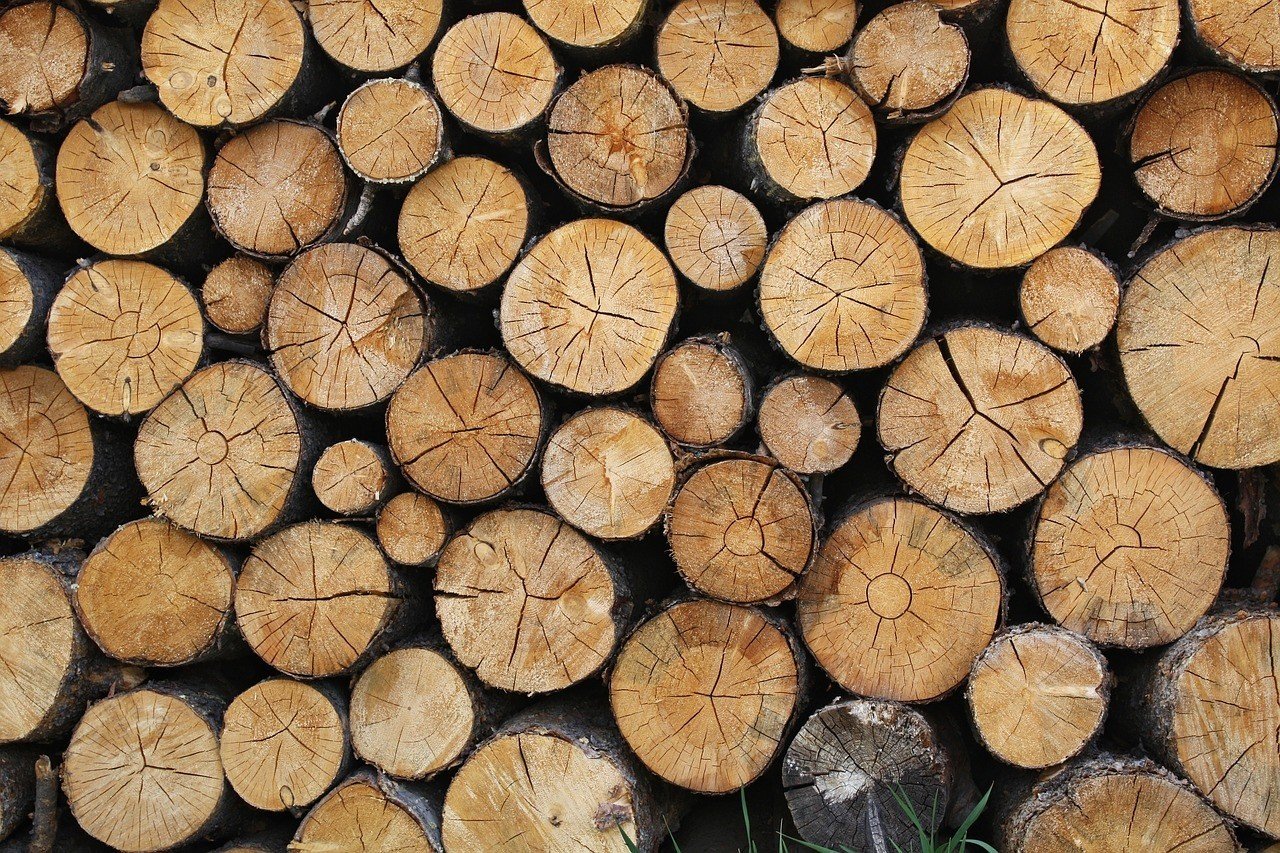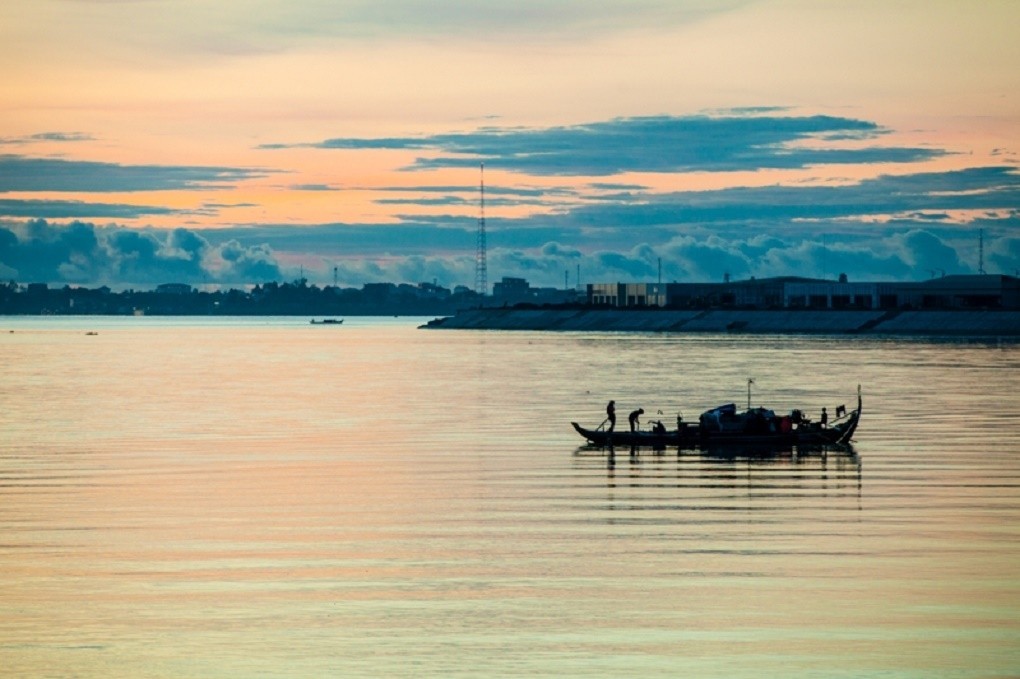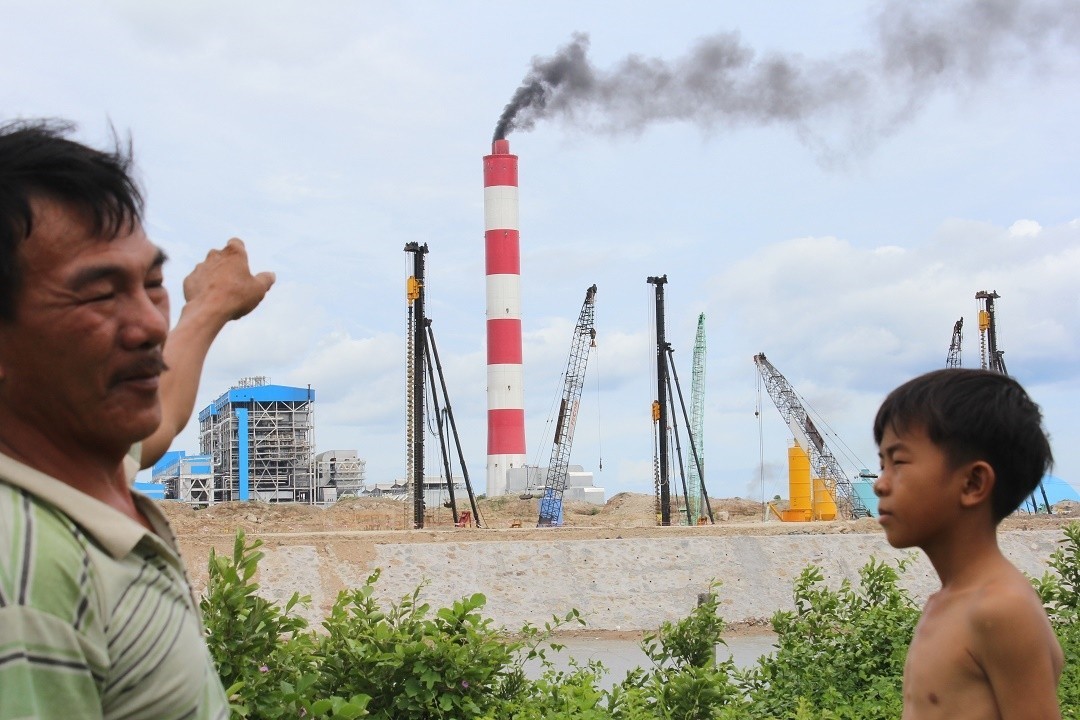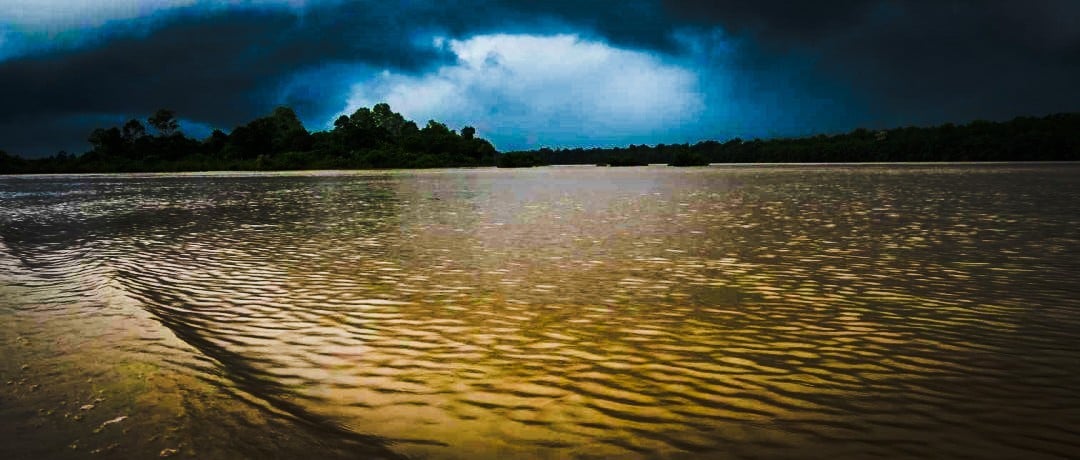As China bans coal at home, it is investing in a slew of coal-fired power plants in Vietnam, new capacity that is a potent threat to the country’s air, water and people
Category: Viet Nam
Mekong: a river rising
The fate of 70 million people rests on what happens to the Mekong river. With world leaders meeting in Paris next week for crucial UN climate talks, John Vidal journeys down south-east Asia’s vast waterway – a place that encapsulates some of the dilemmas they must solve. He meets people struggling to deal with the impacts of climate change as well as the ecological havoc created by giant dams, deforestation, coastal erosion and fast-growing cities
300,000 Vietnamese coastal residents seriously threatened by forest loss-triggered erosion
Thousands of households along the coast of Tien Giang Province in the Mekong Delta have been seriously endangered by soil erosion caused by the loss of protective forests.
Since the strip of protective forest, 21 kilometers long, covering the coast of Go Cong District has been ruined, around 300,000 locals and 55,000 hectares of farming land there have been “put under a knife blade” for years.
Houses in the coastal area from the Soai Rap River mouth in Vam Lang Town to Den Do in Tan Thanh Commune are under permanent threat and may be swept away or sunk by erosion any time.
A sea dike of steel concrete was built along the coast to protect local residential areas but it is just a temporary measure since sea waves have continued to encroach on land day by day.
In the Mekong Delta: Erosion, Pollution, and Millions of Shrimp
“Wrong way!” Stephen, our driver, shouted at Pablo through the rolled-up window of his 4×4. We had jumped out of the car to take a ferry across the Mekong to the toothbrush-shaped island of Phu Thanh, and apparently Stephen was unimpressed with our door-closing technique. Heedless of the swarms of motorcycles flowing around the vehicle, he engaged the handbrake and got out himself to demonstrate the proper method.
Opening the door and quickly slamming it with exaggerated force, he pointed accusingly at Pablo. “Wrong way.”
Once more he pulled the door open, smiling as he gently closed it with a barely audible click. “Right way.”
Despite Community Protest Marble Production Continues
“We just want to stop the project” said U Zaya Kyaw, a member of Taungote community network. A Vietname based company named Myanmar SIMCO Song Da Limited Joint Stock Company (MYSICO) get the license for 25 years of Marble Tile production in Nay Pu Taung (Nay Py Mountain), which is situated in Taungote Townshiop, Rakhine, Myanmar. “According to the contract, they will employ 240 local workers, but they only hire 10 local people so far (with contract). The whole project operation is not transparent and accountable. It will spoil our environment and we don’t have much benefit from it.” U Zaya Kyaw continued. “The investment is 18.17 mn, but they didn’t say anything about EIA or SIA to us.” U Soe Win, another member of the community network said.
Leaked WWF report on illegal logging in Laos: “A worst-case scenario”
A leaked WWF report exposes the scale of illegal logging in Laos. Almost all of timber exports from Laos go to Vietnam and China. In 2013, Laos exported 1.4 million cubic metres of timber to these two countries. That’s more than 10 times the official timber harvest in Laos.
Residents suffering in polluting mineral mining areas
Authorities have collected huge amounts of environmental protection fees but the sufferings of residents in mining areas have remained unabated, heard a conference in Hanoi last week on mineral mining and rights of local communities.
Mekong Dams Could Halve Fish Stocks: Study
Fish stocks in the Mekong River in Cambodia and the Vietnamese Delta could be halved if 11 planned hydropower dams go ahead, according to the preliminary results of an extensive study funded by the Vietnamese government.
Presented at a regional conference on water, food and energy in the Mekong River Basin, the study’s results are an in-depth look into what environmental groups and fisheries experts have been warning for years: that damming the Mekong extensively will have drastic impacts on one of the world’s most important aquatic ecosystems.
Thermal coal: “The serial killer”
The operation of Thermal Coal factories has serious impacts on the health of people living in Binh Thuan province, Vietnam. The emissions from thermal coal including toxic gases that caused diseases such as respiratory, and pneumonia.
Why the Mekong River Commission May Be In Peril
The fallout from the Great Fall in financial markets, equities and currencies is ricocheting through the regional economy and beginning to exact a toll – initially among badly-run companies and poorly-managed government institutions.


